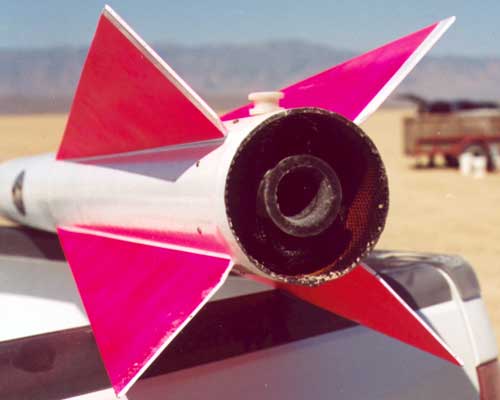- Joined
- Aug 27, 2011
- Messages
- 11,598
- Reaction score
- 6,222
Looking at the latest design contest. Thinking of a MIRB design (Multiple Independent Recoverable Boosters), where the "fins" of the rocket in total make up the "wings" of the boosters, which will recover independently as gliders. Would like to put "tails" of the gliders, displaced posteriorly (AFT, as recent discussion noted). Tails need to be far enough back out of the exhaust plume. Was thinking of carbon fiber midline "spar" connecting the forward engine/body/wings of the booster gliders. The spar would be within the exhaust plume. How does carbon fiber stand up to that kind of transient heat?




